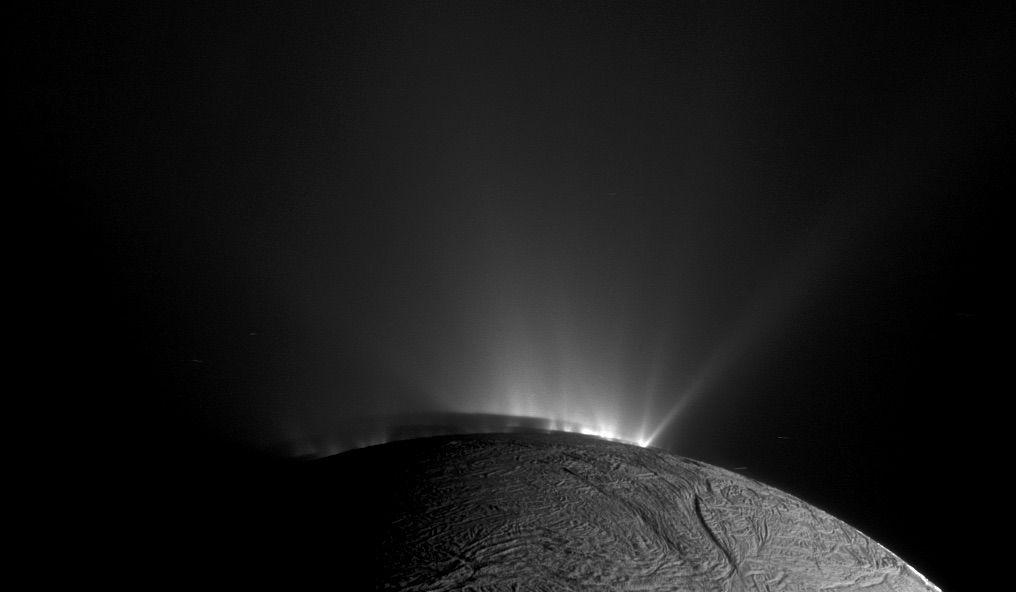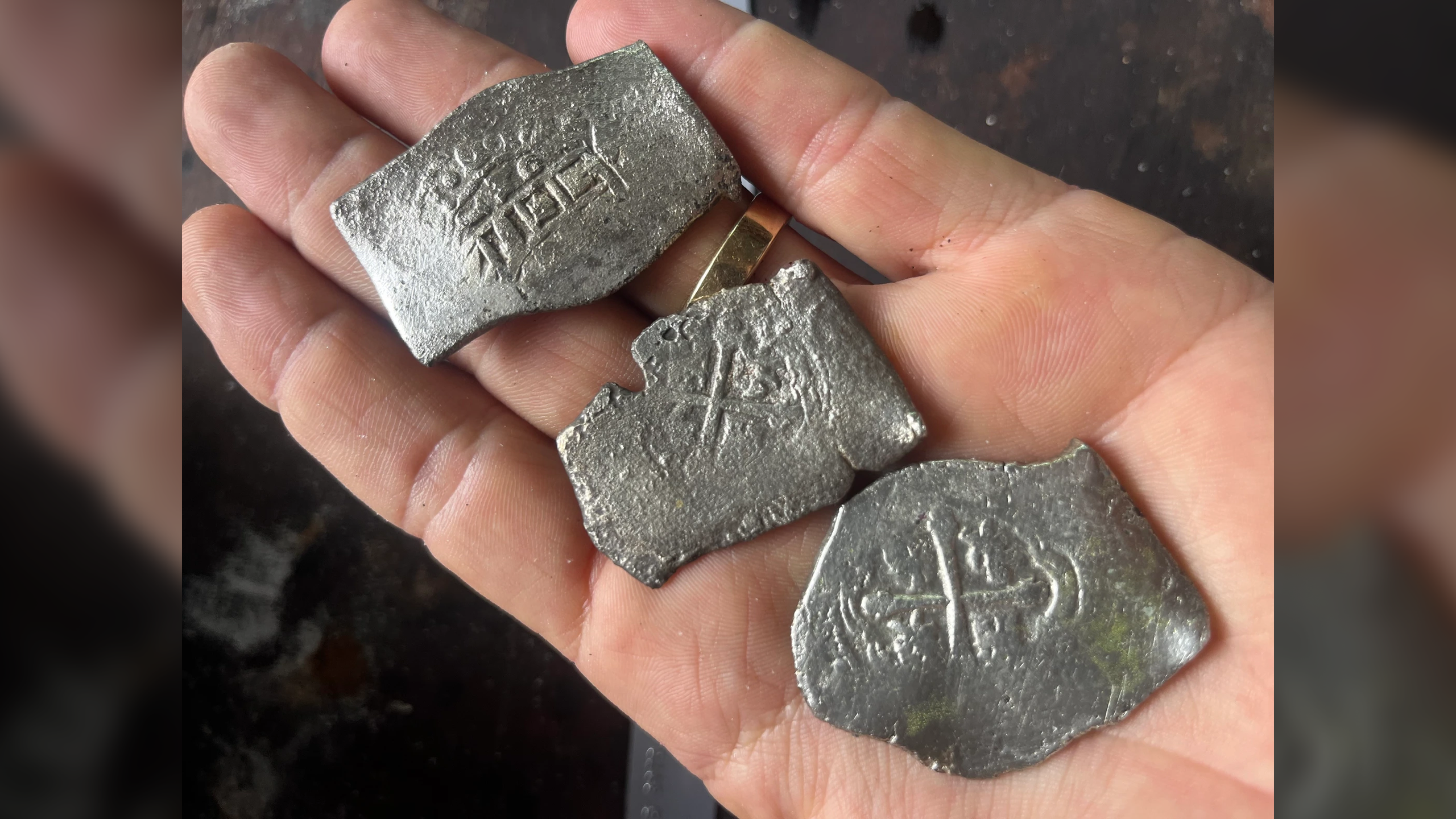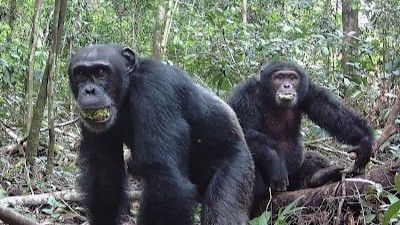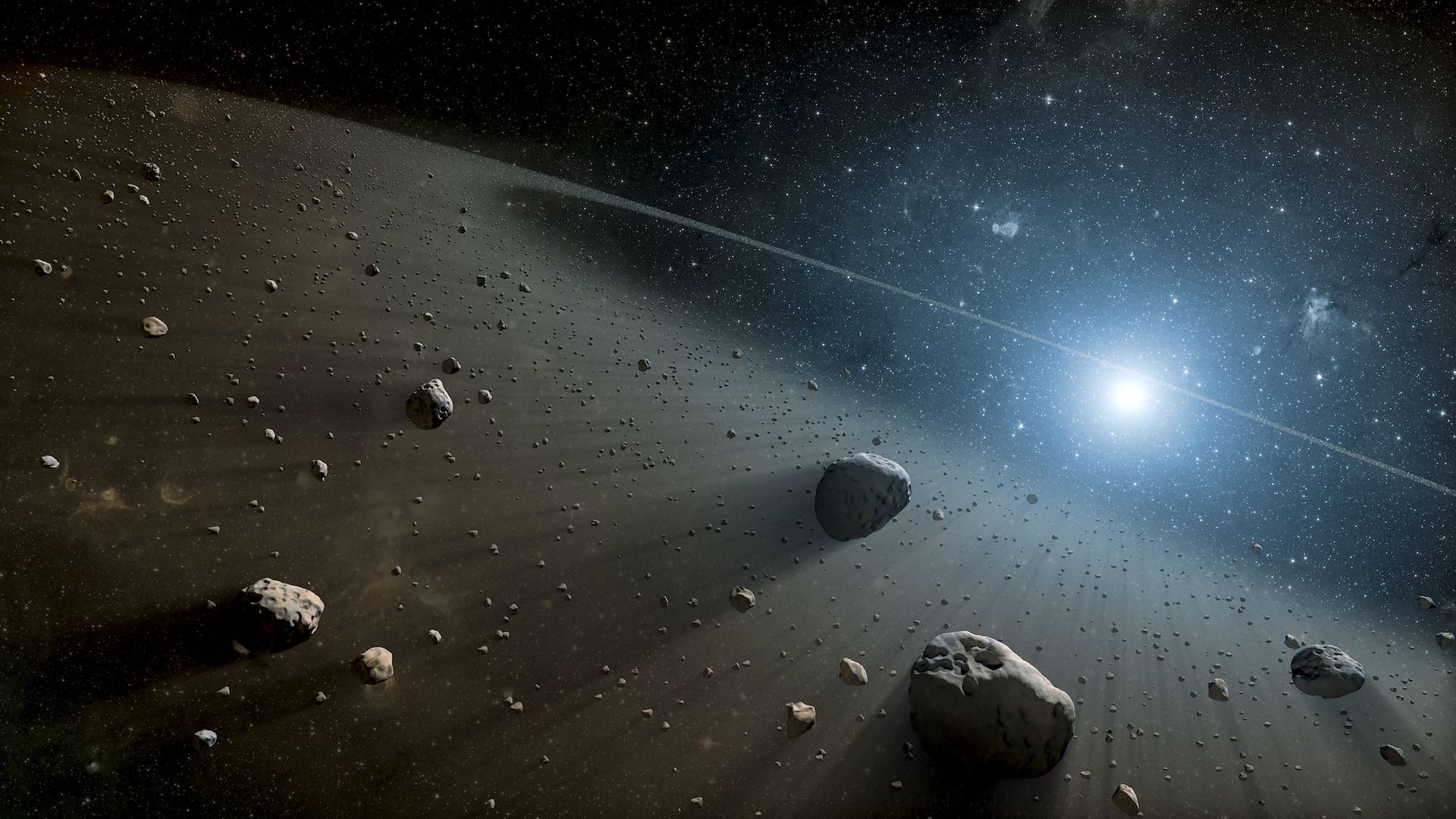Scientists have discovered that the molecular building blocks needed for life are “readily available” on Saturn’s icy moon Enceladus.
At only 314 miles (505 kilometers) wide, Enceladus could fit inside Colorado — and thanks to its liquid water, hydrothermal energy source and chemical tool kit, it has the potential to host extraterrestrial life.
However, the majority of these past studies looked at the relatively old ice grains that settled in Saturn’s E ring — a diffuse ring outside the planet’s bright main rings — after being ejected decades or centuries prior. This meant scientists couldn’t be sure that the compounds truly came from Enceladus rather than from space weathering in the ring.
Now, astronomers have identified organic molecules, perhaps including nitrogen and oxygen, in fresh ice grains sprayed from Saturn’s icy moon. The new research was published Wednesday (Oct. 1) in the journal Nature Astronomy.
Secrets of the ice moon
In 2008, as Cassini shot through a geyser of freshly spewed-up ice grains from Enceladus, it collected data on the splatter that covered the spacecraft’s Cosmic Dust Analyzer. These grains hit the spacecraft at 11 miles per second (18 kilometers per second), which was so fast that the water molecules didn’t cluster. This meant the team could see “previously hidden signals,” study co-author Nozair Khawaja, a planetary scientist at the Free University of Berlin, said in a statement.
The researchers used mass spectrometry to analyze the chemical fingerprint of the molecules in the fresh ice grains. They found chemical compounds that, on Earth, are involved in reactions that lead to the formation of complex molecules required for life, including structures potentially containing nitrogen and oxygen.
“These molecules we found in the freshly ejected material prove that the complex organic molecules Cassini detected in Saturn’s E ring are not just a product of long exposure to space, but are readily available in Enceladus’s ocean,” study co-author Frank Postberg, a professor of planetary science at the Free University of Berlin, said in the statement.
Nozair said there are various ways these molecules could become biologically relevant, “which enhances the likelihood that the moon is habitable.” Even so, he said it would still be a huge discovery to not find any life on Enceladus because it would raise “serious questions about why life is not present in such an environment when the right conditions are there.”
ESA is planning a future mission to land a spacecraft on the southern pole of Enceladus to collect more samples. The agency is targeting the early 2040s as the earliest possible launch date.













